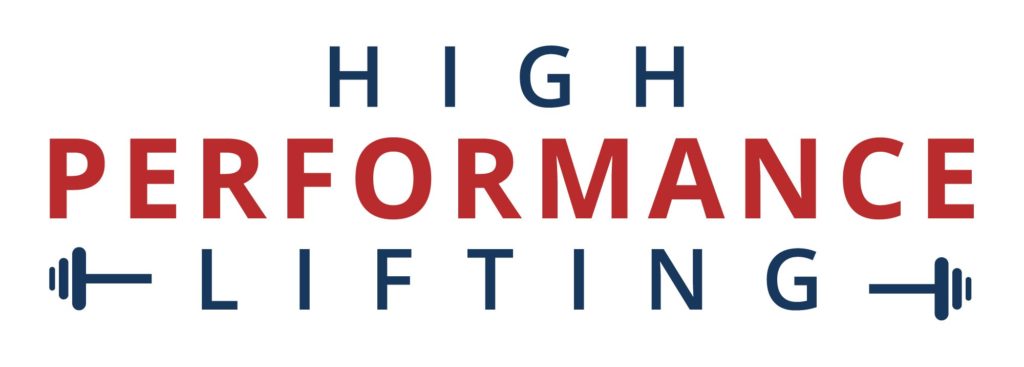
How to Lift like an Elite to Reduce Your Injury Risk, Sprint Faster, and Run Stronger Than Ever Before
Do you want to be strong, powerful, and fast?
Strength training is not cross-training for runners. It’s just part of smart training.
What's So Special About Lifting Weights?
Is it surprising that I don’t think strength workouts are cross-training? Rather, strength work is just part of your training as a runner.
Lifting Prevents Injuries
If you struggle with injuries, lifting weights is perhaps the most valuable thing you can do to stay healthy.
Lifting Improves Your Economy
Not only does a high-quality strength program prevent injuries, but it will help you run more efficiently.
Lifting Makes You Faster
Lift explosively and you’ll soon to be able to run explosively.
- You’ll recruit more muscle fibers, increasing your capacity for speed
- Higher muscle tension means your legs will return more energy - making you run faster with the same level of effort
- Better economy and coordination gives you a smoother, more powerful stride
If you’ve ever struggled to finish strong at the end of a race – to find that “higher gear” to power through the finish – then the lifting workouts in this program will give you the strength to smash through your next finish line.

The Ultimate Litmus Test...
I can show you all the reasons for lifting weights – from the overwhelming consensus of the exercise science community, to my experience coaching thousands of athletes, and the “down in the trenches” testimonials from athletes and coaches in sports around the world.
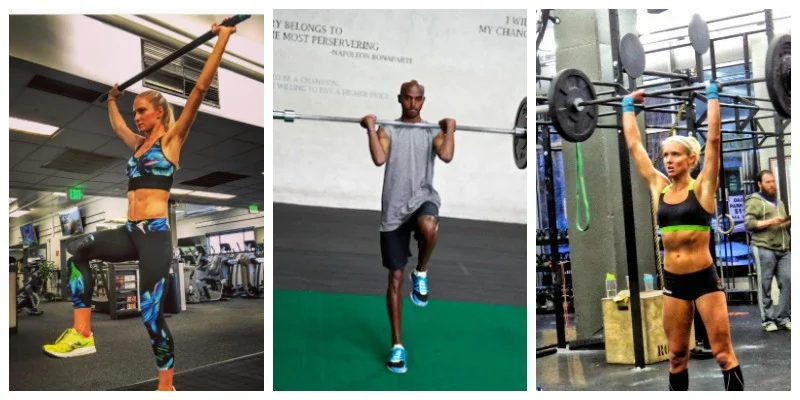
If the best runners in the world are lifting weights – and you want to achieve YOUR potential – then you should be lifting weights, too.
“I feel like a completely different runner”
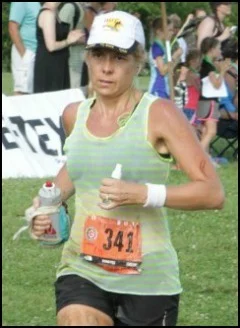
Deb – a mom who escaped a long cycle of injuries
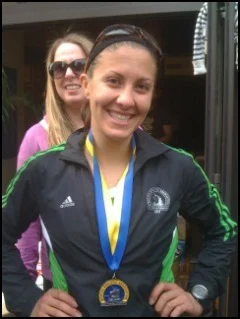
Sarah – a frustrated marathoner to Boston Qualifier
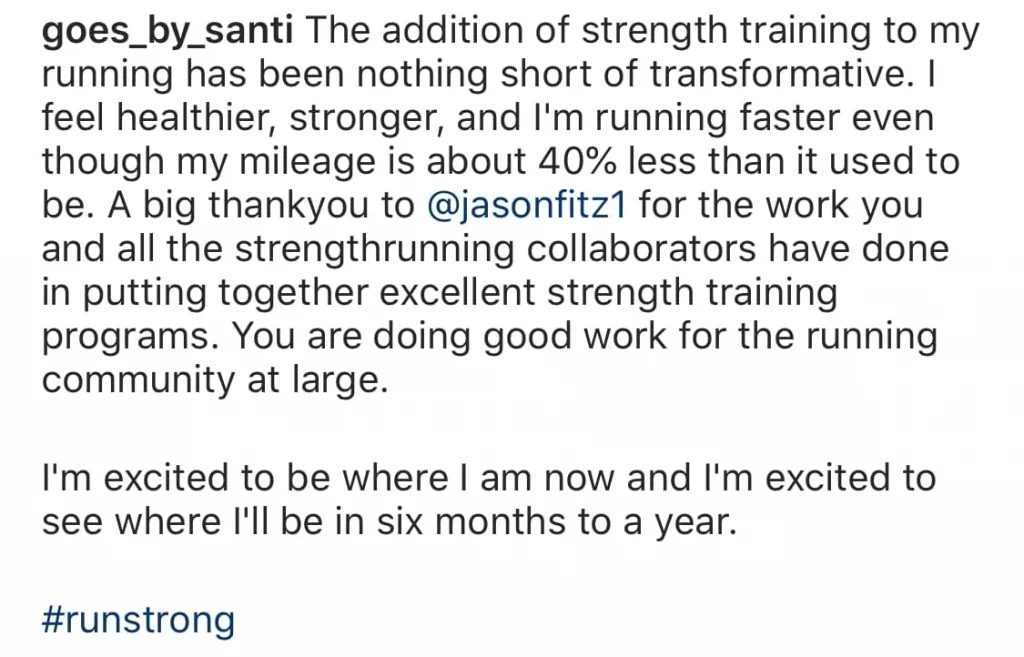
Even though every runner will see incredible progress with the right strength training, some of us sabotage ourselves.
Do You Make These Mistakes At The Gym?
“I already go to strength classes”
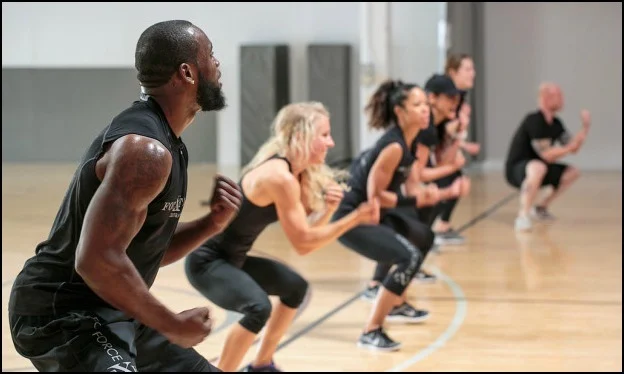
“I don’t have time for the weight room!”
“But lifting will make me bulky!”
No, it won’t.
First, look at runners like Shalane Flanagan, Galen Rupp, or Kara Goucher (actually, look at ANY pro or collegiate runner).
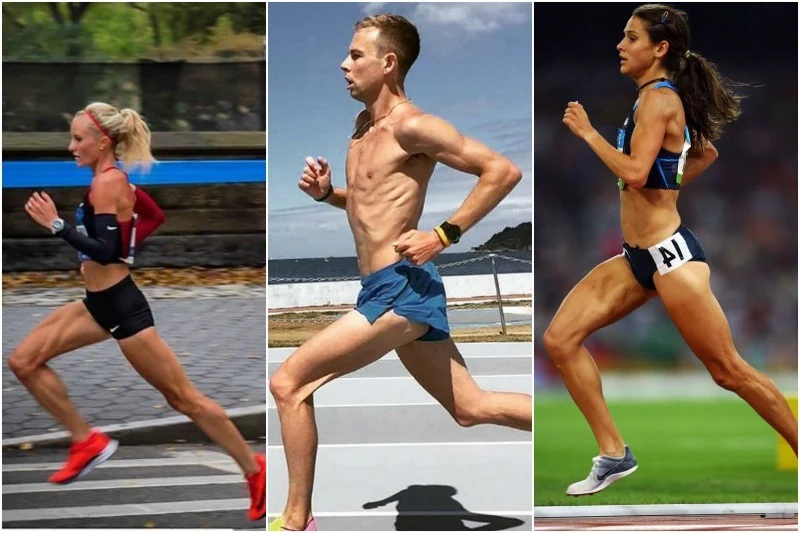
Let’s consider what’s necessary for hypertrophy, or muscle growth:
- A surplus of high-quality calories - especially protein
- A lifting program that prioritizes hypertrophy with high-volume, heavy lifting
- Absence of catabolic physical activity
Introducing:

For the first time, I’m revealing advanced strength workouts for serious runners who are passionate about discovering their potential.
- The exercise progressions that build fast-twitch responsiveness - delivering you a lethal finishing kick at the end of races
- The surprising workouts that don’t require you to lift as much weight as possible (and have the wonderful side benefit of reducing your injury risk)
- How to improve your body composition, build lean muscle, and increase your running economy - with just two strength sessions per week
High Performance Lifting will show you exactly how to lift – the exercises, recovery period, and proper ordering so you can focus on runner-specific strength and speed.
- Every exercise in HD video with multiple angles so you can see how each lift should look
- How to “escape” and abandon a lift just in case you’re risking injury
- Proper grip and holds for each type of barbell exercise
- Starting and ending positions to ensure an athletic, healthy posture
- The dynamic joint mobility warm-up routine recommended by a USA Weightlifting Coach
- Comprehensive Mobility Screen that will answer the question, “Am I ready to lift heavy?”
- Runner-specific general strength exercises to complement the "big lifts"
- Plyometric "finishers" to boost your ability to use stored elastic power
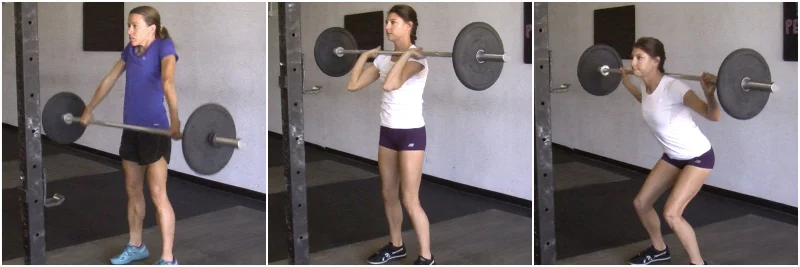
In 16 weeks, you will be more powerful and ready to smash your personal bests.
- A comprehensive Training Plan Library with three difficulty levels for the 3000m, 5000m, 10000m, half marathon, & marathon (16 plans in total)
- A new walkthrough video of our training plans describing the workouts, how to choose a plan that's right for you, and why it looks they way it does
- Exclusive interviews with leading thinkers David McHenry (lead strength coach at the Nike Oregon Project), Tina Muir (elite runner for Great Britain), and Brad Stulberg (best selling author on peak performance)
- Coaching Q&A so you know what to do when the program is over, how to complete HPL a second time, and how to take your lifting to the next level
Free Updates for Life

You’ll get administrative upgrades like this for free – as well as new interviews, workouts, and videos that are added to HPL. It’s just the right thing to do.
The High Performance Lifting program consists of four main phases of training.
Phase 1: Basic Strength
The first four weeks will strengthen every muscle group in your body as well as toughen connective tissue, thicken tendons, and add durability to joint capsules, ligaments, and cartilage.
Phase 2: Speed-Strength
Phase 3: Power & Efficiency
Phase 4: Peak for Performance
About Jason Fitzgerald

Jason Fitzgerald is a USA Track & Field certified coach and the founder of Strength Running – an award-winning blog with hundreds of thousands of monthly readers.

Our Team of Experts

Randy Hauer – USA Weightlifting National Coach
Randy has 30 years of coaching experience as a USA Weightlifting National Coach and has worked with some of Boulder, Colorado’s most talented distance runners on the Hudson Elite and Rojas Running teams. He’s a Master’s Olympic Weightlifting Medalist and member of the NSCA.
He is the brains (and brawn!) behind the weightlifting programming for High Performance Lifting. When your explosivity, strength, and power skyrocket in the coming months, thank Randy.
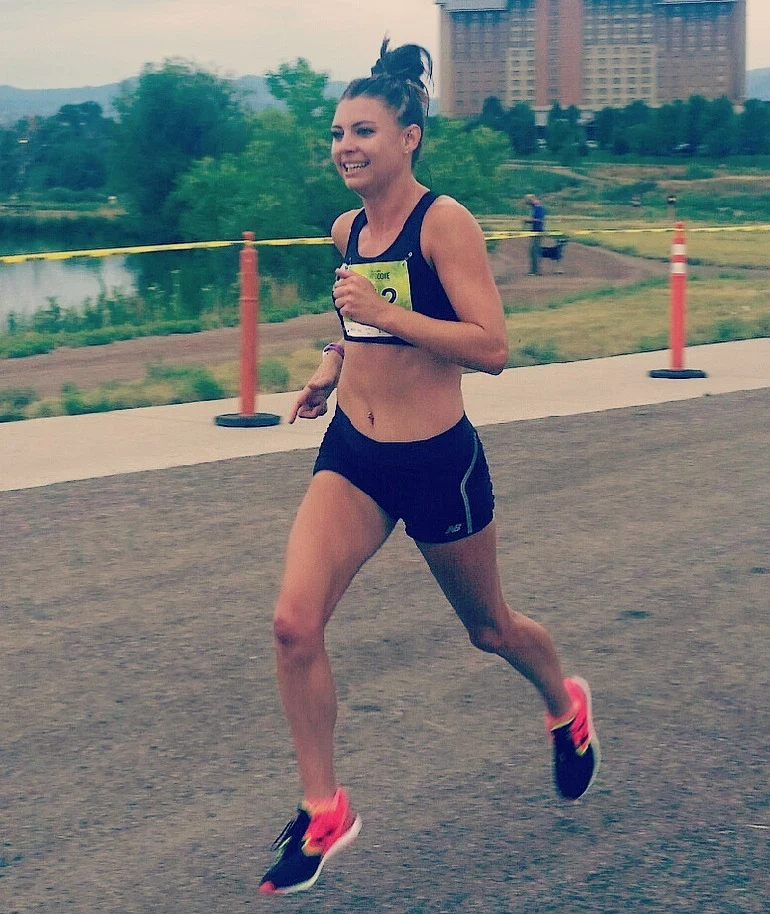
Maggie Callahan – Professional Distance Runner
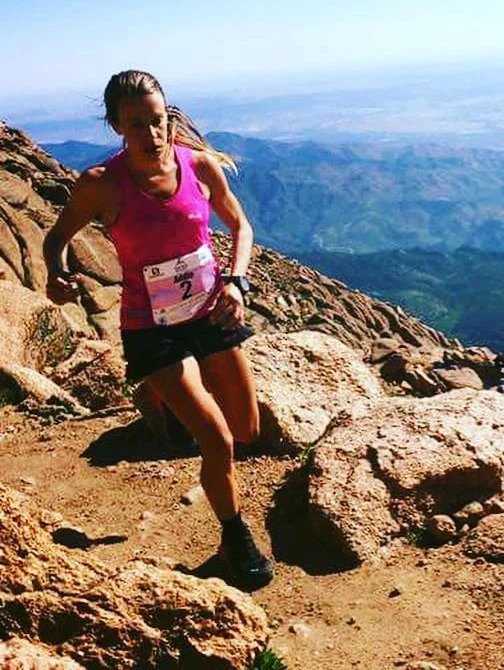
Addie Bracy – Professional Distance Runner

Brad Stulberg – Performance Coach & Author

Tina Muir- Professional Distance Runner
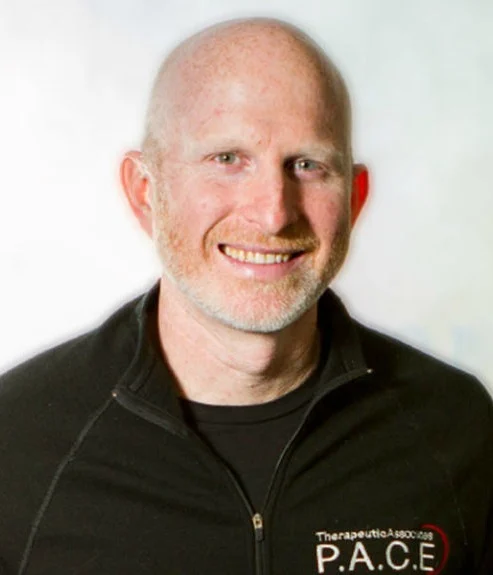
David McHenry – Nike Oregon Project Coach
Is High Performance Lifting Right For You?
I’m from Boston, so I want to be direct: this program is not for everyone.



“I am happy to share that I ran 2:53:14 at the New Delhi Marathon in India on 3/7/21 thereby achieving a PR by over 16 mins at the distance in 12 months. I last ran a 3:09:58 at the same race in 2020.” – Shreyans
HPL Is Even Used by Elite Runners!
HPL is so good, it’s used by professionals.

Andrea Pomeranski is a Tracksmith-sponsored, Olympic Trials-qualifying marathoner. She’s qualified for three Olympic Trials (placing 27th of 117 in 2024) and boasts a 2:31:06 Personal Best.
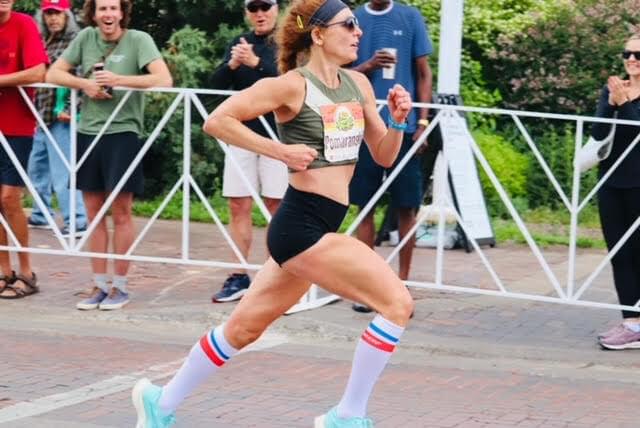
“As an elite runner, I am fully aware of how big of an impact strength training can be both for improving performance and preventing injury. But I kept putting it off because I didn’t know where to begin or which exercises would be most beneficial.
“When I came across High Performance Lifting I couldn’t wait because it’s tailored exactly for distance runners. I’m pleasantly surprised at how easy it is to follow and incorporate into my already busy routine and can’t wait to see how it helps improve my running even more than it already has.” – Andrea
If you want to join thousands of other HPL members – including some elites – then let’s make sure this program is a good fit for you.
Does any of the below describe you? Then you should join:
- You WANT to lift weights
- You want to break through a plateau with your racing times
- You have a history of injuries and want to stay healthy (consistently)
- You can't seem to finish a race strong and would love a "higher gear" to kick hard at the end of a race
- You'd like to boost your efficiency so you can run faster with less effort
- You're serious about training and want to lift weights like the elites do!
Runners who understand the transformative power of an elite-level lifting program are encouraged to join below.

Which option is right for you?
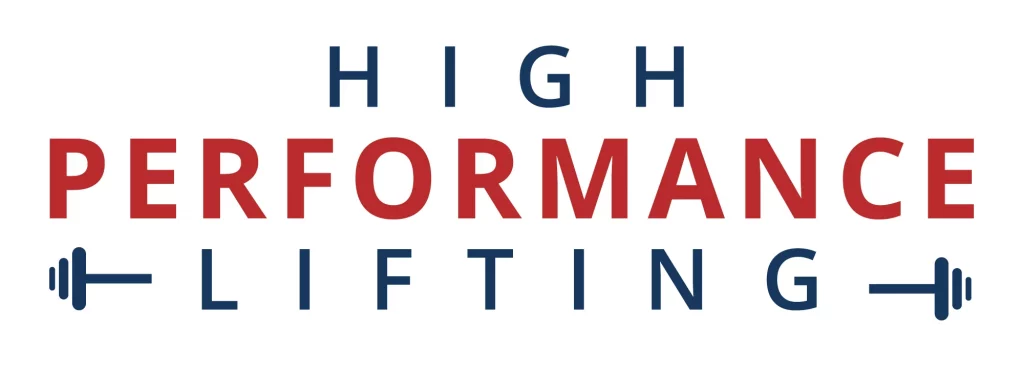
ELITE - All the Bells & Whistles
- All four phases of training with every lift, Specialized Physical Preparation, and Plyometric exercises included
- Every exercise demonstrated by a pro runner in HD video
- How to abandon a lift (just in case)
- The exact progression of volume and weight to help you get faster with the least injury risk possible
- The Strength Running lifting log to track your progress
- Exclusive interviews with performance consultant Brad Stulberg, Nike Oregon Project Strength & Conditioning coach David McHenry, and elite runner Tina Muir
- The full HPL Training Plan Library with 16 new, advanced plans that incorporate weightlifting for distances of 2-miles, 5k, 10k, half marathon, and marathon
- Runner-specific, bodyweight core and strength routines to supplement your gym workouts
Join Now for Only $299
(Once you join, you can start whenever you'd like with unlimited, lifetime access!)

SUB-ELITE - The Fundamentals
- All four phases of training with every lift, Specialized Physical Preparation, and Plyometric exercises included
- Every exercise demonstrated by a pro runner in HD video
- How to abandon a lift (just in case)
- The exact progression of volume and weight to help you get faster with the least injury risk possible
- The Strength Running lifting log to track your progress
-
Exclusive interviews with performance consultant Brad Stulberg, Nike Oregon Project Strength & Conditioning coach David McHenry, and elite runner Tina Muir -
The full HPL Training Plan Library with 16 new, advanced plans that incorporate weightlifting for distances of 2-miles, 5k, 10k, half marathon, and marathon -
Runner-specific, bodyweight core and strength routines to supplement your gym workouts
Join Now for Only $199
(Once you join, you can start whenever you'd like with unlimited, lifetime access!)
You Have No Risk Investing in HPL…

Because if it doesn’t work for you, then I insist you get a complete refund.
Simple as that.
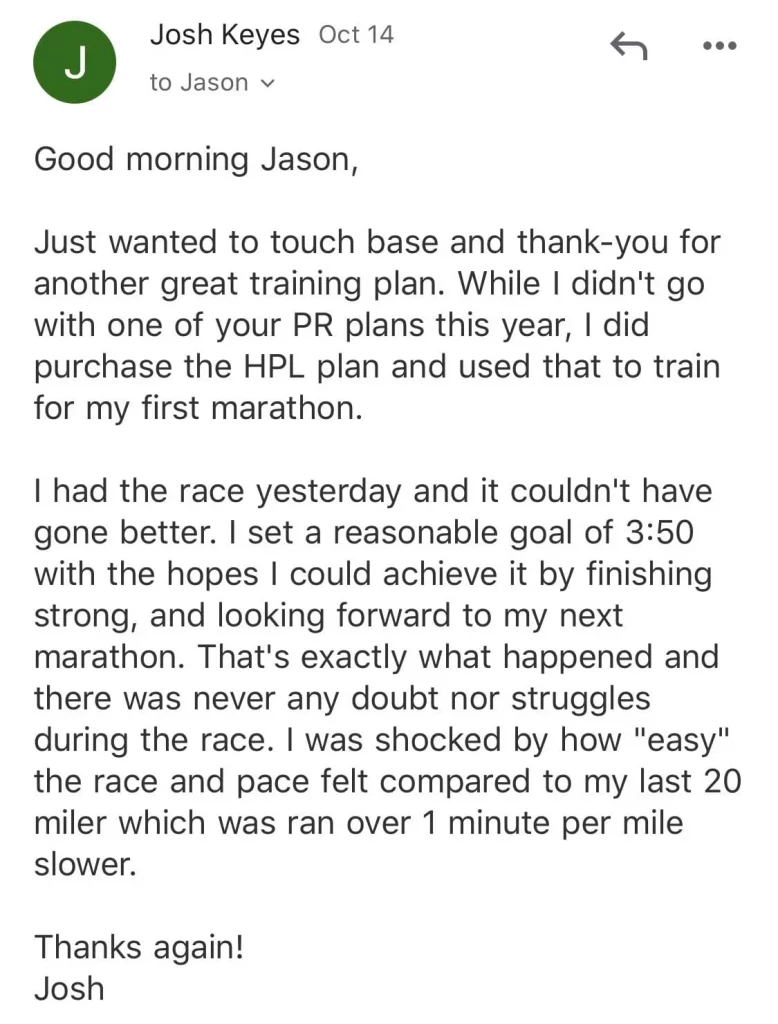
Frequently Asked Questions
Do I need a gym for this program?
Yes, a fully functional gym is required to complete the workouts in HPL.
You’ll be lifting weights like an elite runner – and they all use gyms to make sure they have the necessary equipment to get stronger.
If you have a home gym, you’ll need a barbell with a variety of plates for added weight, a kettlebell, and a rack.
How much should I be able to lift before joining High Performance Lifting?
It doesn’t matter if you’re new to weight lifting! You’ll still be able to perform all of the movements and lifts included in the program.
Our approach – as recommended by a USA Weightlifting National Coach who works with elite runners – has you lift weight that’s appropriate for you (and nobody else).
The first phase of training is dedicated to general strength and injury prevention so you don’t need any experience. We’ll build your skill gradually from Day 1.
Can I see a sample HPL workout?
Unfortunately, this won’t tell you much about High Performance Lifting! HPL is progressive and periodized, which means that the program changes and evolves over time.
If you looked at a single run or workout from a running plan, you wouldn’t learn much about the training plan. It’s just a single snapshot in time (much like if you read one page from a book).
While we don’t offer samples, you have a 30-day period to try the program before deciding if it’s right for you.
What are the training plans like?
The Training Plan Library included in the Elite tier of High Performance Lifting focus on five race distances: 2-miles (or 3k), 5000m, 10000m, half marathon, and the marathon distance.
Each race distance includes three difficulty levels: beginner, intermediate, and advanced. But regardless of the difficulty level, every plan is relatively advanced with mileage ranges from 33 – 70 miles.
These plans recognize that with HPL, you will be capable of a higher workload (and will soon race a lot faster, too)!
How much time will I need to devote to High Performance lifting?
HPL has you in the gym twice per week for about 60 minutes per training session (though about half of your lifting workouts will take slightly less time).
In total, you should plan for about two hours per week to complete all of the workouts and gain the strength, power, and coordination from those sessions.
But in reality (as you can see below) many of the sessions take much less time!
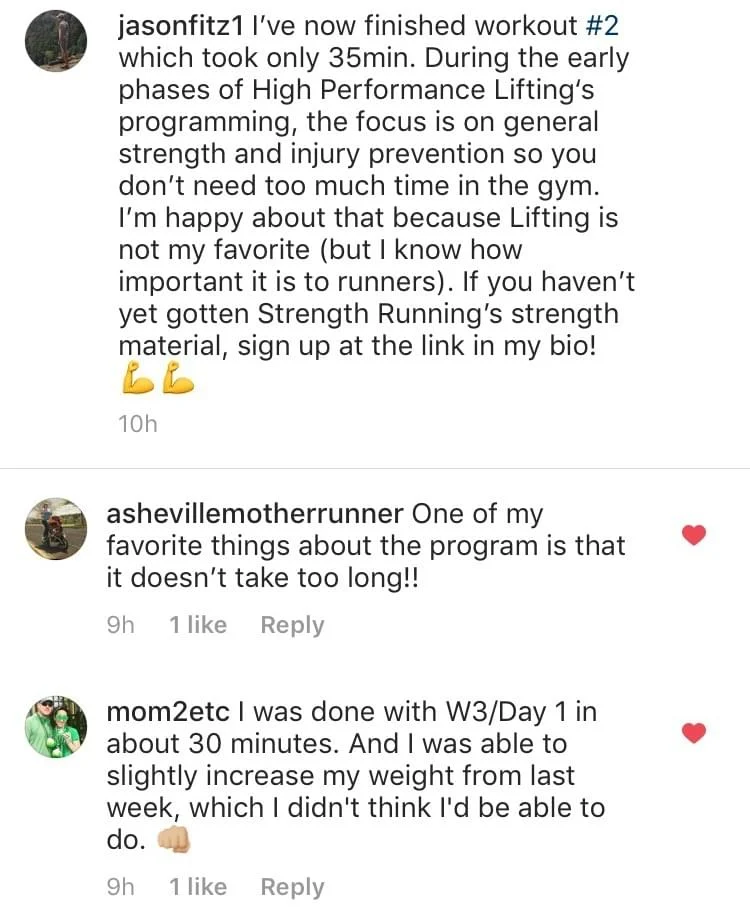
Is HPL for trail runners?
Definitely. In fact, Addie Bracy (who follows programming like this from our strength coach Randy Hauer) is the 2017 Mountain Runner of the Year – and those mountain races are all on trails!
Trail running demands high levels of proprioception (knowing where your body is in space), coordination, and strength. A running-specific lifting program will deliver these benefits.
Lifting will also help you navigate the more frequent turns, varying terrain, changing elevation, and mid-race surges needed for successful trail running.
I’m injury prone. Will I get hurt lifting?
Just like running, lifting weights has a certain amount of injury risk (as does almost every physical activity!).
But we have a 3-point approach to lifting safely:
First, you’ll learn how to abandon a lift in case it’s too heavy. If you’re struggling, you’ll know exactly how to get out of an exercise so you don’t hurt yourself.
Second, we show you how to hold the bar, what grip to use, and how to handle every implement in the gym in the safest possible manner.
Third – most importantly! – we’re absolutely adamant about proper lifting form.
That’s why we have detailed descriptions of every lift and HD video demonstrations with two separate angles so you’ll learn the form necessary to stay healthy.
We hired a professional video team to make sure every lift was recorded in HD quality with two distinct views – leaving nothing to chance.
Is High Performance Lifting for seniors?
Yes, HPL can successfully be used for Master’s runners or seniors. In fact, Randy uses this programming with some of his runners who are in their 70’s!
The only consideration that runners in their 60’s or beyond should consider is recovery. It may take longer to recover from your weightlifting (just like running), so you’ll need to lift less weight.
But strength work is universal. And strength – as a physical skill – is even more important for older runners.
Even if you’re an older runner, you’ll notice the difference:
“I wanted to thank you for your HPL program and a great training plan. Thanks to you, my training went exceptionally well with no injuries!
HPL was really the icing on the cake which helped it all come together. I finished 2nd in the 69-74 age category at the Columbus Marathon and really felt strong the entire distance.” – David
Is High Performance Lifting for women?
Of course!
Addie Bracy (the 2017 Mountain Runner of the Year) and Maggie Callahan (the 2011 Pac 10 Steeplechase Champion) model the exercises in the program. They know the exercises because they perform the same programming with Randy Hauer in Boulder, Colorado.
Women are featured prominently in HPL because not only are the exercises appropriate for women – they’re highly beneficial for women.
This is reinforced in our interviews with Nike Oregon Coach David McHenry and elite runner Tina Muir. Both advocate this exact type of strength programming for women runners.
I already lift. Why should I join?
There are many types of lifting that are simply not ideal for runners:
- CrossFit: It has a dramatically higher injury risk, it's not specific to running, and focuses far too much on metabolic conditioning
- Body Pump or other gym classes: They're too aerobically challenging for runners (and not specific to our need for power and explosivity)
- Bootcamp: Instead of focusing on power and strength, these prioritize aerobic fitness (which is not what we runners need!).
- Bodyweight exercises: Don't get me wrong - they're great for those who can't lift at a gym. But you're leaving speed on the table if you're not lifting weights!
How Will Lifting Change You?
Hear From Real Runners Just Like You

Christie: “There isn’t a price on that”
I was surprised that I could feel myself getting stronger without spending a lot of time in the gym. I also saw my training runs not only improve in time, but also how I felt during the run and after.
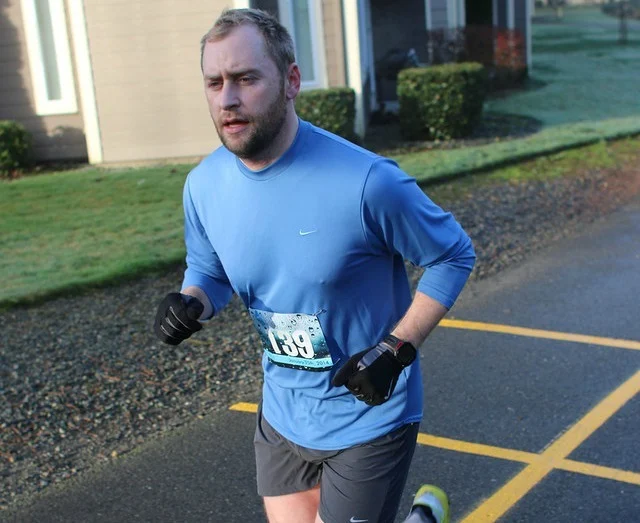
Alex: “A remarkable change in how I feel”
I’ve noticed a remarkable change in how I feel. The strength in my hips and glutes is the highest it’s ever been, including my competition days in college. This leads to a much more stable feeling when I’m running.
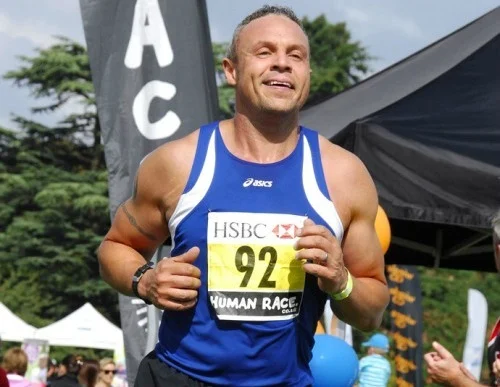
Rik: “I beat my 10k PB by almost 2 minutes!”
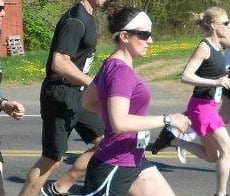
Aimee: “I reached all of my goals and qualified for Boston”
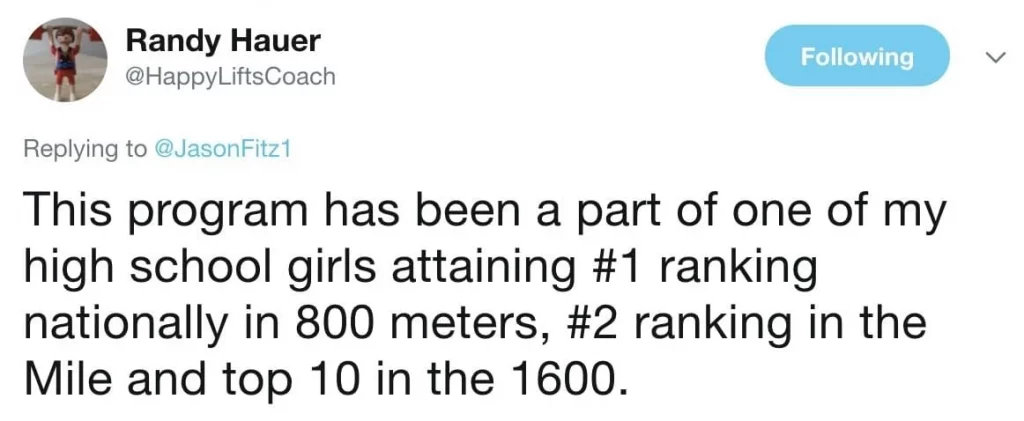
Choose Your Level

ELITE - All the Bells & Whistles
- All four phases of training with every lift, Specialized Physical Preparation, and Plyometric exercises included
- Every exercise demonstrated by a pro runner in HD video
- How to abandon a lift (just in case)
- The exact progression of volume and weight to help you get faster with the least injury risk possible
- The Strength Running lifting log to track your progress
- Exclusive interviews with performance consultant Brad Stulberg, Nike Oregon Project Strength & Conditioning coach David McHenry, and elite runner Tina Muir
- The full HPL Training Plan Library with 16 new, advanced plans that incorporate weightlifting for distances of 2-miles, 5k, 10k, half marathon, and marathon
- Runner-specific, bodyweight core and strength routines to supplement your gym workouts
Join Now for Only $299
(Once you join, you can start whenever you'd like with unlimited, lifetime access!)

SUB-ELITE - The Fundamentals
- All four phases of training with every lift, Specialized Physical Preparation, and Plyometric exercises included
- Every exercise demonstrated by a pro runner in HD video
- How to abandon a lift (just in case)
- The exact progression of volume and weight to help you get faster with the least injury risk possible
- The Strength Running lifting log to track your progress
-
Exclusive interviews with performance consultant Brad Stulberg, Nike Oregon Project Strength & Conditioning coach David McHenry, and elite runner Tina Muir -
The full HPL Training Plan Library with 16 new, advanced plans that incorporate weightlifting for distances of 2-miles, 5k, 10k, half marathon, and marathon -
Runner-specific, bodyweight core and strength routines to supplement your gym workouts